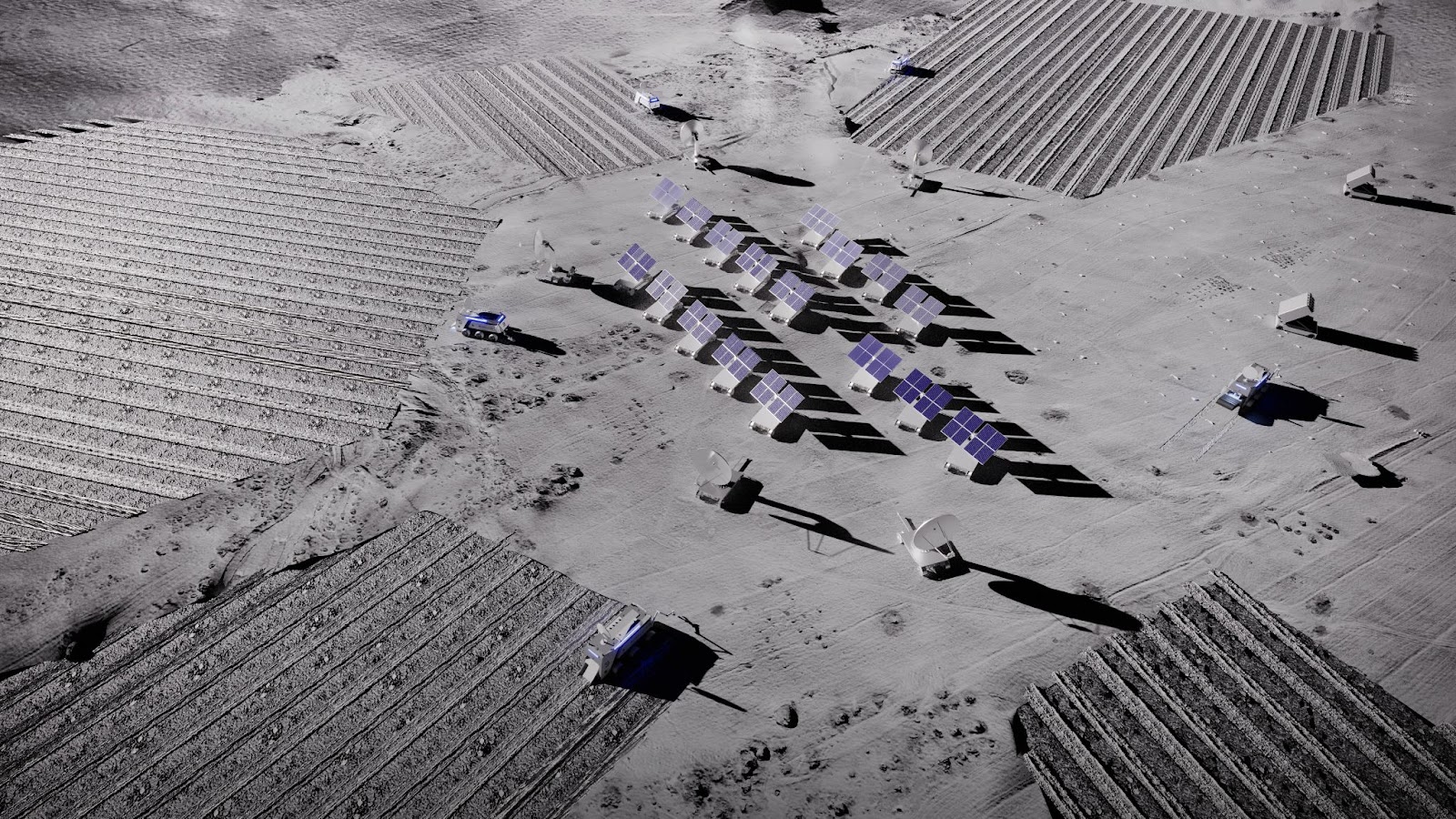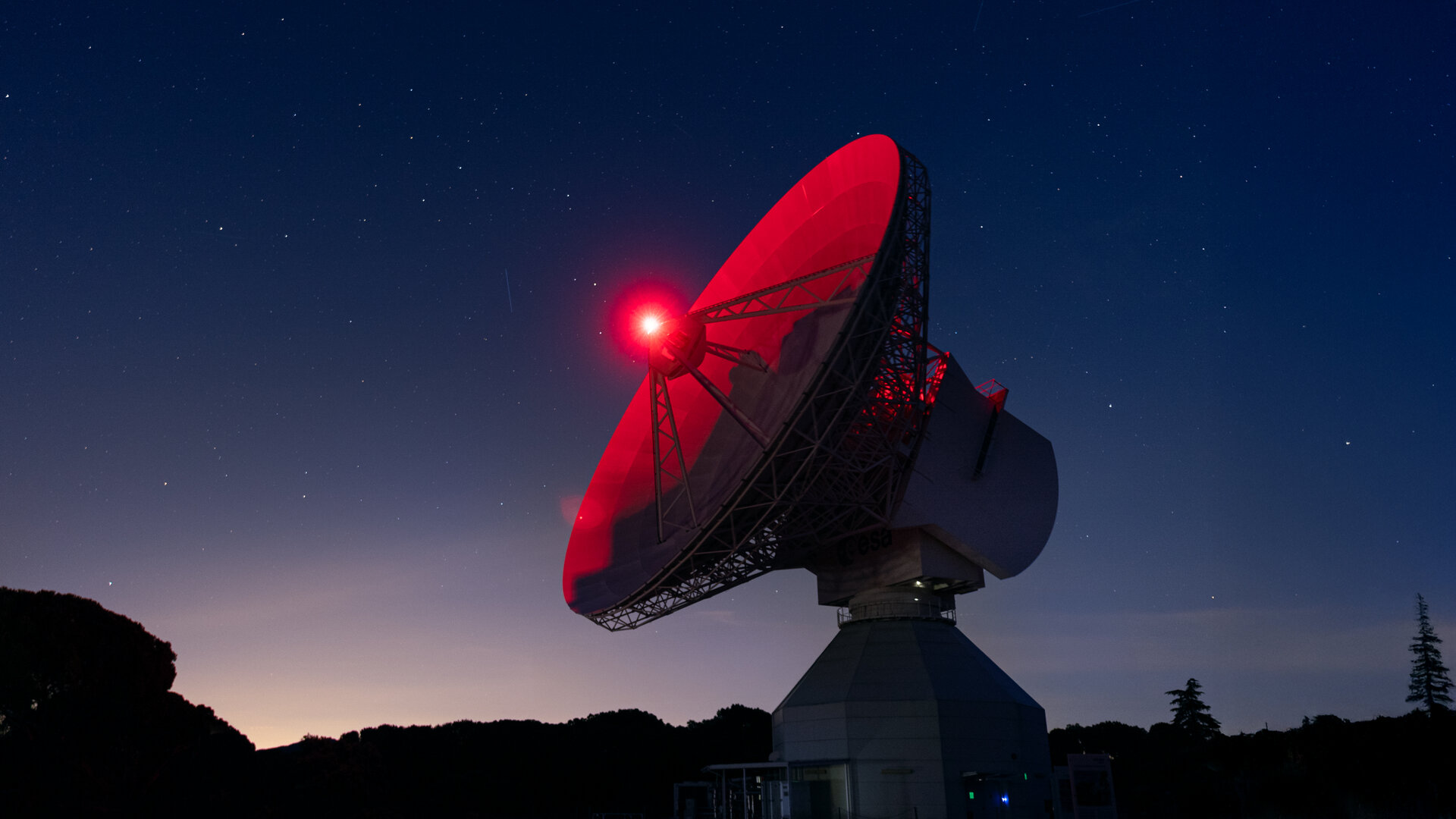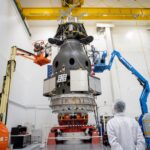Now Reading: Lunar helium-3: separating market from marketing
-
01
Lunar helium-3: separating market from marketing
Lunar helium-3: separating market from marketing


On May 5, 2025, Interlune — a Seattle-based startup — announced a new agreement with the U.S. Department of Energy (DOE): they’ll deliver helium-3, harvested from the moon, to Earth by 2029. The press release, which calls the deal a “historic agreement,” explains that “Interlune will harvest three liters of helium-3 from the lunar soil and return it to Earth for the DOE and other customers using the fully operational infrastructure of its pilot plant on the moon’s surface.”
Founded in 2020 by former Blue Origin executives Rob Meyerson and Gary Lai, alongside Apollo 17 astronaut Harrison Schmitt (the only geologist to have walked on the moon), Interlune has raised over $18 million in venture funding. Their roadmap includes robotic harvesters, a demonstration mission in 2027 and a pilot plant by 2029.
The press, predictably, has embraced the metaphor of a “lunar gold rush,” suggesting the moon holds vast, untapped reserves waiting to be scooped up. But despite the hype, our knowledge of these “abundant” lunar resources is surprisingly thin.
While lunar resources will likely support future scientific and governmental missions, large-scale, economically independent commercial extraction remains speculative. For the two most frequently mentioned targets — helium-3 and water — our data is patchy, models tentative and geological understanding mostly surface-level (literally).
The vision of a self-sustaining lunar economy is concrete for well-characterized resources like solar energy, regolith for construction and oxygen from lunar soil — but the picture gets murkier with helium-3. The gap between scientific data and commercial marketing is wide enough to demand a sober, data-driven look at what we know — and what we don’t — about the moon’s most hyped commodity.
Helium-3: Data vs. Dream
Helium-3, a light isotope of helium deposited on the moon’s surface by solar winds, embodies lunar resource optimism. Proponents claim it could power a new era of clean nuclear fusion, but scientific estimates tell a more modest story.
Concentrations measured from Apollo and Luna samples vary widely — from as low as 2 parts per billion (ppb) to a maximum of 26 ppb (Schmitt, 2006 and 2020), often with large uncertainties. Fegley and Swindle (1993) report an average of 4.2 ± 3.4 ppb, meaning the error margin is about 81% of the value. That signals how coarse our understanding remains.
Even the highest measured value, 26 ppb, is very low. These are parts per billion, not per million, as some LinkedIn articles mistakenly claim. Helium-3 is not abundant — just relatively more abundant on the moon than Earth.
In total, lunar helium-3 reserves are estimated at 100 million to 1 billion kilograms, a figure confirmed by several independent studies and representing the current upper limit of measurement accuracy.
This quantity dwarfs the roughly 100 kg of helium-3 on Earth and could, in theory, fuel clean energy for centuries. Studies (Wittenberg et al. 1992; Schmitt 2006, 2020; Crawford 2016; Olson 2021) have modeled future extraction scenarios supplying helium-3 for terrestrial deuterium–helium-3 (D–³He) fusion reactors. Wittenberg et al. 1986 estimated 19 million gigawatt-years of electricity from lunar helium-3.
But these projections rely on speculative assumptions. Olson’s 2021 model uses 20 ppb helium-3 — an optimistic figure. Furthermore, these studies rely on assumptions for operational efficiency, typically in the range of 50–75%. These are necessary approximations, given how little we currently know about critical variables like extraction costs, processing efficiency and transport logistics from the moon to Earth.
These older studies also reflect their techno-optimistic eras. Wittenberg’s 1986 forecast, for example, assumed we’d master helium fusion by 2010. That didn’t happen.
The Real Business Case for Helium-3
Given these uncertainties and long timelines, private companies interested in helium-3 aren’t chasing energy production or propulsion. They’re targeting small quantities for testing and quantum technologies.
Interlune’s first commercial customer is Maybell Quantum, which will use helium-3 in “state-of-the-art dilution refrigerators [that] cool quantum devices to near-absolute zero temperatures.” Current dilution refrigerators use a few dozen liters of helium-3, but as quantum systems scale, demand could reach hundreds or thousands of liters.
“There are several different technologies contending in the quantum computing race,” explained Dr. Shane Mansfield, Chief Research Officer at French photonic quantum startup Quandela. “Most (though not all) require a lot of cryogenics. These dilution fridges are necessary for superconducting quantum processors like those at Google and IBM, where helium baths with He-3 isotopes are standard. However,” he added, “it is reasonable to assume advances could miniaturize cooling requirements or that less resource-hungry technologies may take the lead.” In other words, the helium-3 demand for quantum tech might not be as desperate as some think.
Another key detail is helium-3’s Earth price. “One reason people think helium-3 mining is viable,” says Chris Drayer, professor of space resources at Colorado School of Mines, “is that selling kilograms at current prices can cover mission costs.” Helium-3 sells for about $20 million per kilogram. By comparison, cocaine fetched $30k per kilogram in 2021. It’s no surprise Interlune says the DOE will purchase its 3 liters “at approximately today’s commercial market price.”
What pays off for private companies in space are very light substances with extremely high Earth-market value. That’s why pharma companies like Varda Space Industries and Redwire Space focus on in-space pharmaceutical manufacturing, bioprinting and tissue engineering — products light enough to minimize launch costs but valuable enough to justify it.
Maybe the real key to cracking the space economy is a helium-3 pipeline for recreational drugs. That might truly launch lunar mining to new heights.
Bottom Line
Helium-3 will likely remain a niche cryogenic tool — not a miracle fuel — at least for now. If quantum tech outpaces fusion, we might deplete this non-renewable resource before the reactors that need it even come to exist.
The U.S. Geological Survey puts it best: “Since fusion reactors are in the research stage, and it is unclear if those using [helium-3] will produce industrial-scale power in the next 30 years, there is little urgency in completing a formal assessment of [helium-3] as a lunar resource. For now, [helium-3] can be classified as an inferred unrecoverable resource.”
Emma Gatti is a planetary scientist, editor and journalist, and serves as a research professor in Space Journalism and Current Affairs at the Faculty of Space Technology, AGH University of Krakow. She is also the director of The Space Republic, a media platform dedicated to analyzing contemporary developments in space geopolitics and the space economy.
SpaceNews is committed to publishing our community’s diverse perspectives. Whether you’re an academic, executive, engineer or even just a concerned citizen of the cosmos, send your arguments and viewpoints to opinion@spacenews.com to be considered for publication online or in our next magazine. The perspectives shared in these op-eds are solely those of the authors.
Stay Informed With the Latest & Most Important News
Previous Post
Next Post
Previous Post
Next Post
-
 012024 in Review: Highlights from NASA in Silicon Valley
012024 in Review: Highlights from NASA in Silicon Valley -
 02Panasonic Leica Summilux DG 15mm f/1.7 ASPH review
02Panasonic Leica Summilux DG 15mm f/1.7 ASPH review -
 03From Polymerization-Enabled Folding and Assembly to Chemical Evolution: Key Processes for Emergence of Functional Polymers in the Origin of Life
03From Polymerization-Enabled Folding and Assembly to Chemical Evolution: Key Processes for Emergence of Functional Polymers in the Origin of Life -
 04How New NASA, India Earth Satellite NISAR Will See Earth
04How New NASA, India Earth Satellite NISAR Will See Earth -
 05And Thus Begins A New Year For Life On Earth
05And Thus Begins A New Year For Life On Earth -
 06Astronomy Activation Ambassadors: A New Era
06Astronomy Activation Ambassadors: A New Era -
07SpaceX launch surge helps set new global launch record in 2024




















